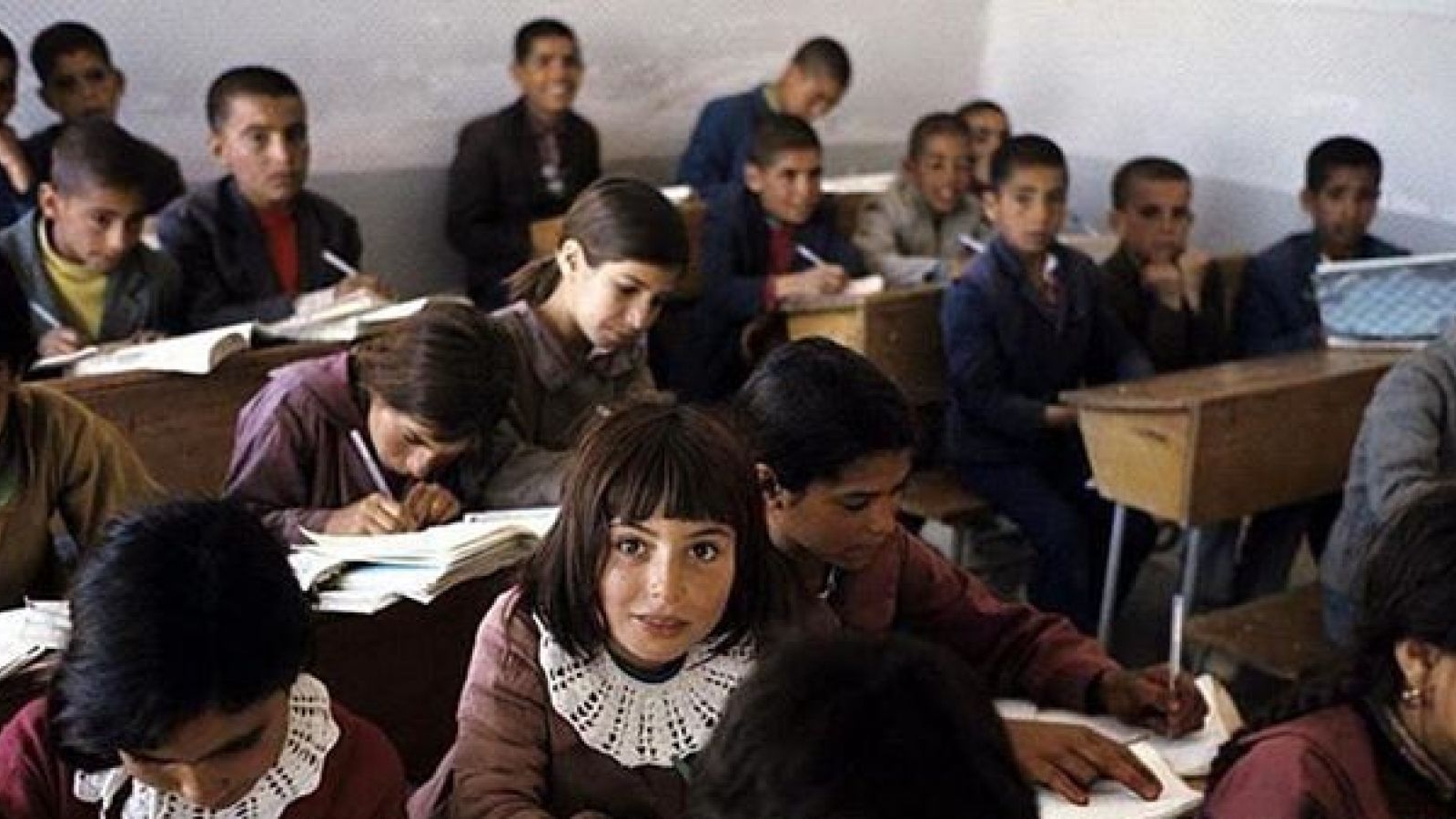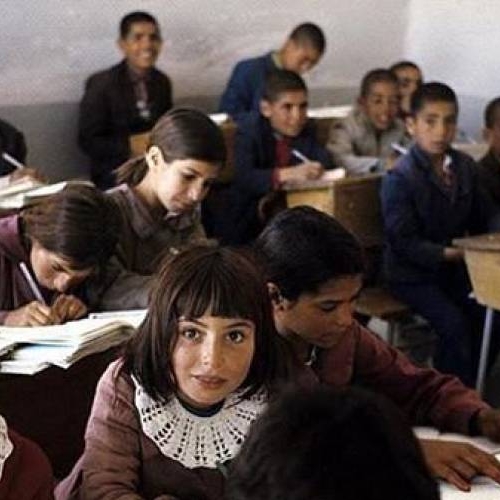The Middle School Education System in Iran and Its History

Middle School
The introduction of middle school education (referred to as “Doreh Rahnamayi” in Persian) was one of the significant educational reforms during the Pahlavi era, aimed at enhancing the structure of public education and creating a coherent link between elementary school and high school. This new system officially began in the 1971-1972 academic year and lasted for three years.
The introduction of middle school education (referred to as “Doreh Rahnamayi” in Persian) was one of the significant educational reforms during the Pahlavi era, aimed at enhancing the structure of public education and creating a coherent link between elementary school and high school. This new system officially began in the 1971-1972 academic year and lasted for three years.
History and Reasons for Establishing Middle School
In 1966, major changes were implemented in Iran’s education system, including the addition of a new level called "middle school" to the public education system. This reform aimed to improve the quality of education and reduce dropout rates during the transitional phase between elementary school and high school. The middle school was designed as a bridge between the five-year elementary education and high school, helping prepare students for specialized studies in high school.
Features of Middle School Education
1. Duration and Curriculum: The middle school education period lasted three years, during which students learned fundamental subjects such as mathematics, science, Persian literature, foreign languages, and religious studies. This period was meant to help students develop basic skills and knowledge needed to make informed decisions about their future educational paths in high school.
2. Purpose of the Middle School: The middle school was created to fill the educational gap between elementary school and high school. It provided students with an opportunity to strengthen their academic skills during these transitional years and to be better prepared for higher levels of education.
3. Enrollment and Admission: Students who successfully completed the five-year elementary education were eligible to enroll in the three-year middle school program. This stage allowed students to gain a comprehensive understanding of their abilities and interests before choosing a field of study in high school.
The Education System Before Middle School
Before the establishment of the middle school, Iran’s education system consisted of two main levels:
Elementary School (Primary Education): This level included six years of basic education, focusing on foundational skills such as reading, writing, and basic mathematics.
High School (Secondary Education): This level spanned six years and was divided into two three-year cycles. The first cycle covered general subjects, while in the second cycle, students could choose specialized fields of study.
Conclusion
The middle school, which was officially introduced in the 1971-1972 academic year, played a significant role in enhancing the coherence of the education system and preparing students for high school. This level of education bridged the gap between elementary and secondary education and was designed to improve the quality of education and reduce dropout rates. It stands as one of the important educational reforms during the Pahlavi era, contributing to the modernization of the education system in Iran.
